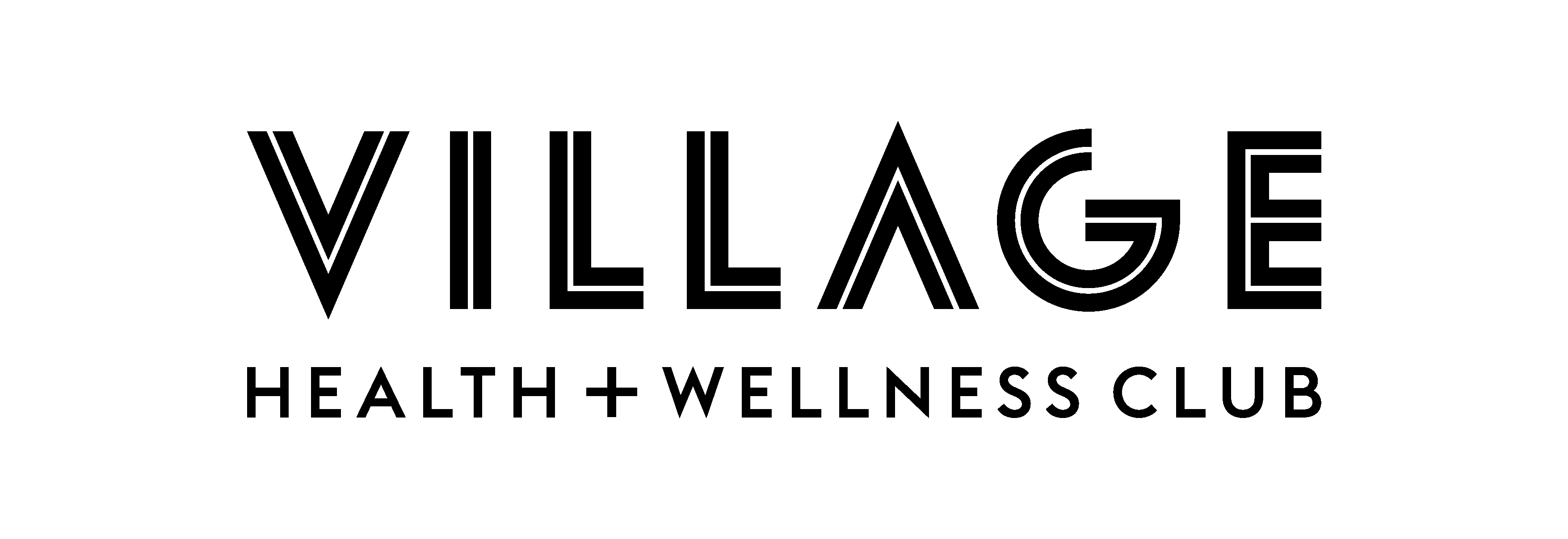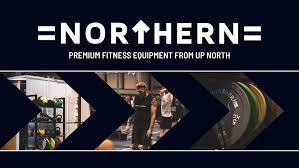Before the COVID-19 pandemic, for many of us, it was hard to find the time to get a workout in during our working day. Now that many of you will be working from home - or retired - there’s no excuse for not having just 10 minutes in your day to do a workout. In this post, we outline a short upper-body workout which complements other workout routines we’ve published on our Staying Active section.
Not only can the effects of ageing make it harder to stay slim and trim, but you are also more prone to:
- Muscle loss.
- Osteoporosis.
- Arthritis.
- Heart disease.
- Type 2 diabetes.
- Certain types of cancer.
We all know that the effects of ageing are irreversible, but you may not have fully appreciated how regular exercise can slow down the effects of ageing. Adhering to a regular exercise programme can also prevent many of the above age-related illnesses. Notably, a stronger upper-body can help to prevent arthritis in your shoulders and elbows.
Ready to transform your life? Whether you're looking for a new pair of running shoes or some shiny home gym equipment, you can find everything you need to fuel your fitness journey with our partner brands.
Why is it essential to maintain your upper body strength?
According to Harvard Health Publishing, research carried out in 1994 showed that many of the functional losses of strength and stamina could be reversed, even in the frailest and oldest women. Regular resistance training will help you to be more active, more social, and less prone to falls.
Perhaps you enjoy doing things like gardening, DIY and building classic cars; a stronger upper body will make it easier for you to do those things and have a better quality-of-life.
Consult your doctor first and don’t lift anything too heavy
If you’ve not done any exercise for a long time, or you find lifting even the lightest of objects difficult, then do speak to your doctor before starting any kind of exercise programme.
Moreover, don’t lift any weights that are too heavy. Start with a light weight and gradually build up the amount of weight you use. For this 10-minute upper body workout, we recommend that you get hold of a pair of light dumbbells, but you can substitute dumbbells with cans of food or bottles of water.
The workout
Make sure that you warm up first before starting. Take a look at our warm up guide for some excellent warm-up tips.
For each exercise, you’ll be doing two sets. For the ones which require weights, try to use a weight which causes you to feel a moderate amount of fatigue and discomfort when you reach the last rep of the set. If you think you still have a significant amount of upper body strength, instead you could use slightly heavier weights that cause you to fail on the last rep.
Try to do this upper-body workout at least twice per week.
Press-ups on your knees - 2 sets of 12 reps
If you’re able to do a full press-up, then you can try that instead of doing press-ups on your knees. But for those of you who can’t do a full press-up, try them on your knees for a month or so first.
Press-ups work your chest area, shoulders and arms--perfect for building overall upper body strength--they also work your core too.
- Get into an all-fours position, cross your feet behind you and put your arms out in front of you at about shoulder-width apart.
- Lower your shoulders to the floor until your chin is almost touching the ground.
- Push your upper body back up.
- Do 2 sets of 12.
OR wall press-ups - 2 sets of 15 reps
Alternatively, if press-ups on your knees are too tricky, you can do wall press-ups instead. They work the same areas mentioned above, but they’re easier to do.
- Stand a few feet away from a wall and place your arms onto it at about shoulder-width apart.
- Lower your upper body to the wall, and until your chin is almost touching it.
- Push back up and repeat.
- Try to do 2 sets of 15 reps.
Tricep kickbacks - 2 sets of 15 reps on each arm
These work the backs of your upper arms (bingo wings).
- Kneel on your left knee. Lean forwards slightly.
- Bring your right elbow up a bit and behind you; keep it bent at about 90 degrees.
- Straighten out your right elbow behind you, and feel the back of your upper arm working.
- Bend your elbow back to the starting position and repeat.
- Switch knees and perform the exercise with your left arm.
Tips:
- For added difficulty, do the exercise with a light dumbbell, bottle of water or tin of food. Don’t add weight if doing so becomes painful.
- To properly work your tricep muscle, make sure you raise your elbow.
Bicep curls - 2 sets of 16 reps
No upper body workout would be complete without some bicep curls. The key with this exercise is to keep your shoulders still and don’t move them while curling the weight up. Just let your biceps do the work.
- With a light dumbbell in each hand, rest your arms by your sides and stand with your feet shoulder-width apart.
- You can curl both weights up at the same time, or work each arm alternately.
- Don’t move your shoulders when curling the weight up.
- Lower the weight(s) back down slowly and until your arm(s) are straight.
- Try to perform 16 reps on each arm.
Tips:
- To get the most out of this exercise, use a weight which causes you to fail at about 16 reps.
- To work the full range of motion of your bicep muscles, lower the weights slowly and until your arm is fully straightened out.
Shoulder presses - 2 sets of 16 reps
Shoulder presses will work your entire shoulder muscle.
- Hold a light weight in each hand, and position them just above your shoulders.
- Push the weights up and gently touch them together.
- Slowly lower the weights back down to the starting position and repeat.
Keep your workouts progressive
After a few weeks of regularly doing the above workout routine, your upper body strength should have improved. You should try to volumise your workout to maintain the gains in strength and muscle that follow. You could add more weight, do more reps or sets, or do more exercises per workout.
We spoke to Libby Bearman, a CrossFit Level 2 Trainer from Colchester Fitness Centre, who added: "Working to build and maintain even a moderate level of fitness through consistent exercise obviously can't stop the ageing process, but it can seriously slow down the associated decline in health that comes with age. Following an exercise plan at home will not only improve that baseline of fitness, but works as a stepping-stone for more activity: Fitness classes with people of a similar experience or goal are great motivation to keep moving."
For some more variety to your upper body workout, take a look at the YouTube video below:
If you’re experiencing pain or exhibiting other symptoms during or after exercise, you should stop what you’re doing and seek medical attention.
With Scan.com, you can take action quickly and put your mind at ease.
Choose from 10 scan types at over 250 clinics nationwide and get the answers you need so you can continue looking after your health.
Visit Scan.com now to learn how it works and book your scan.









